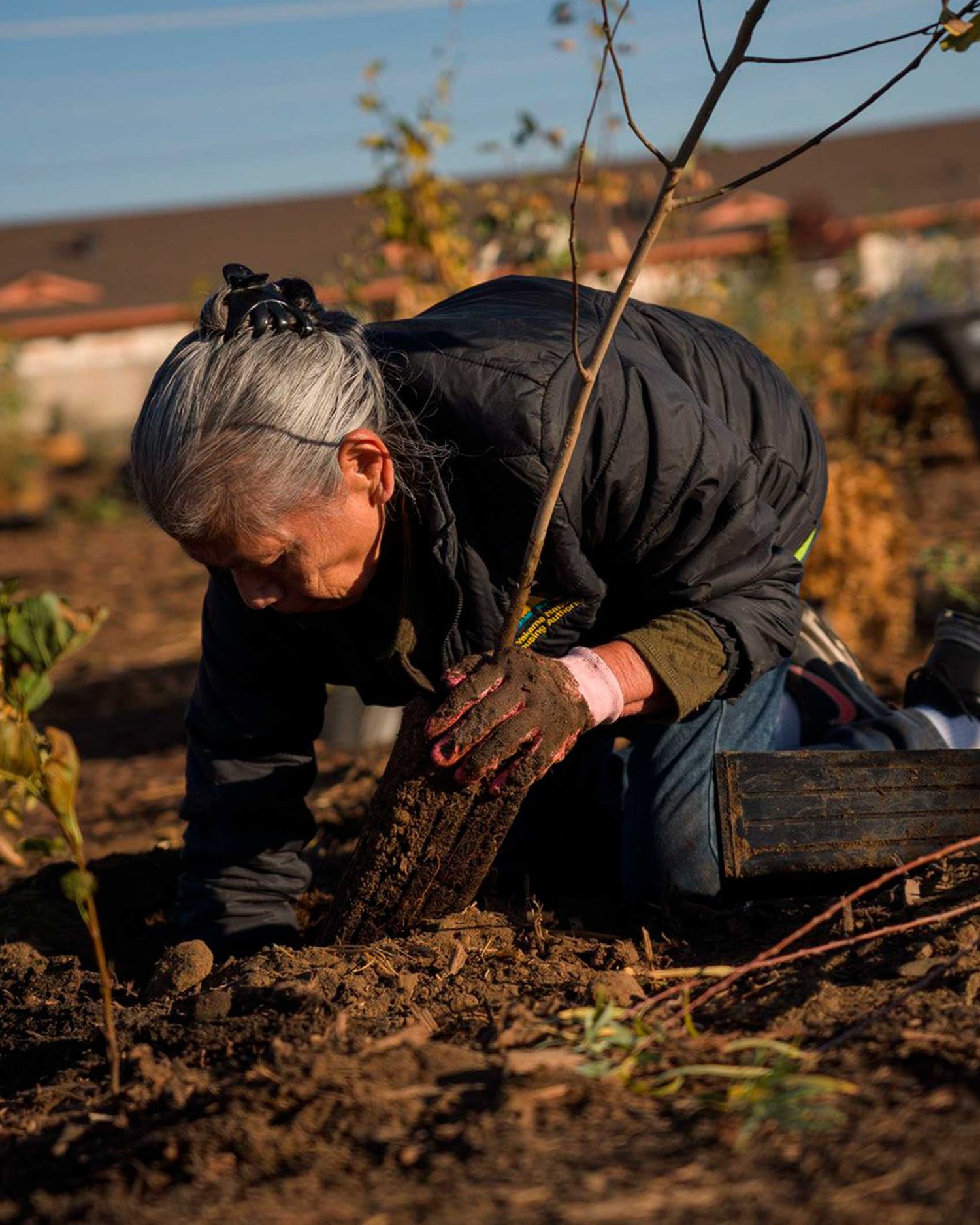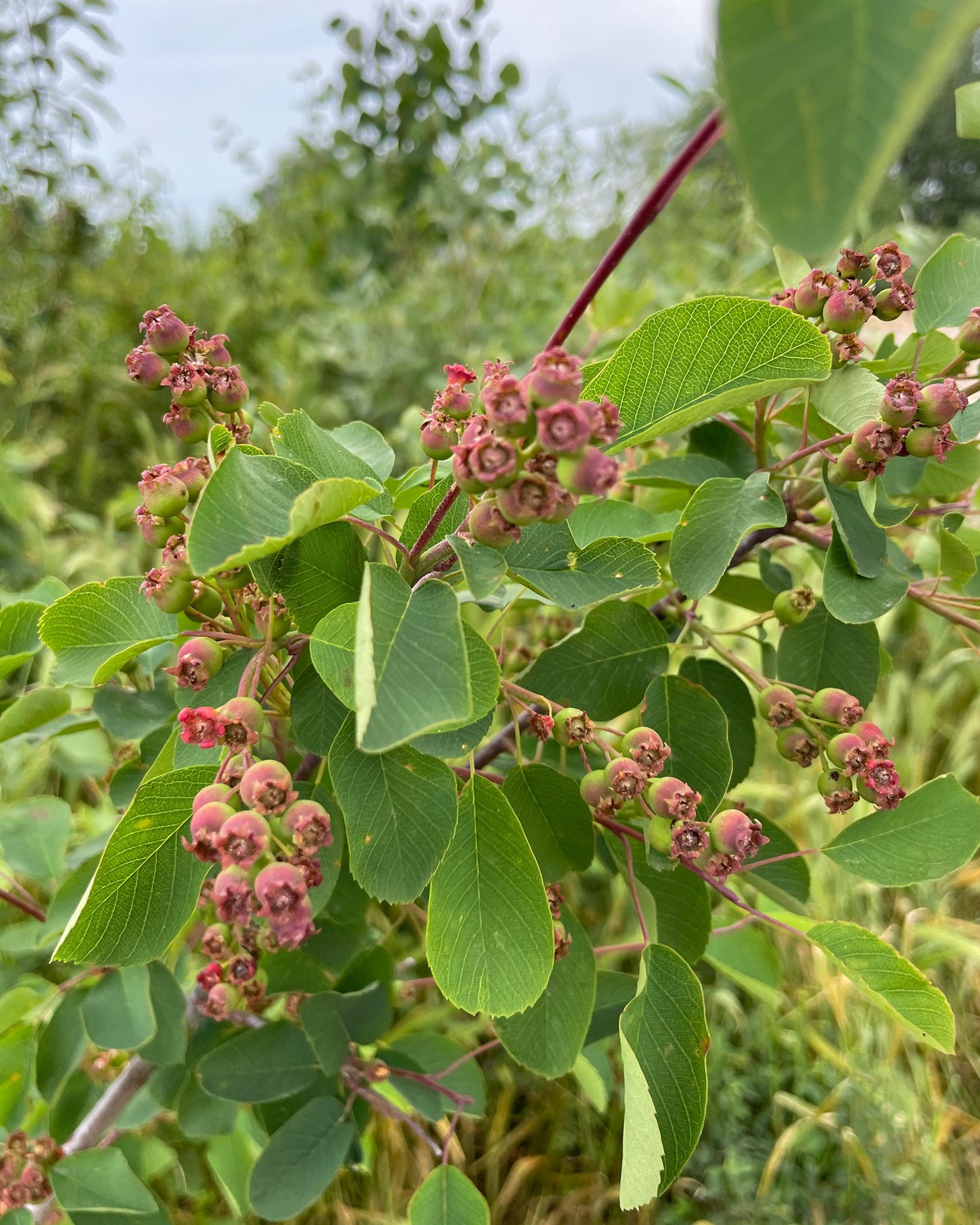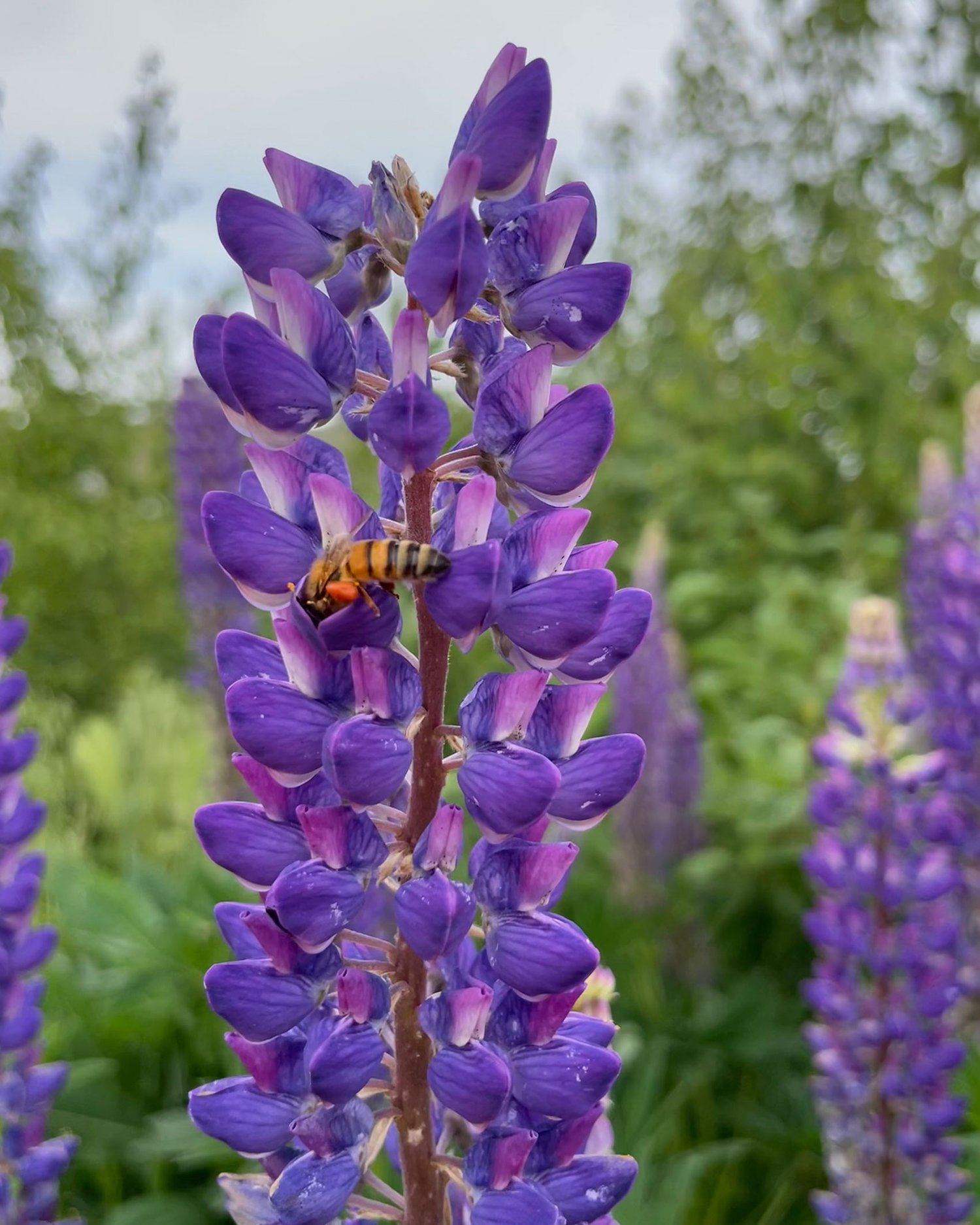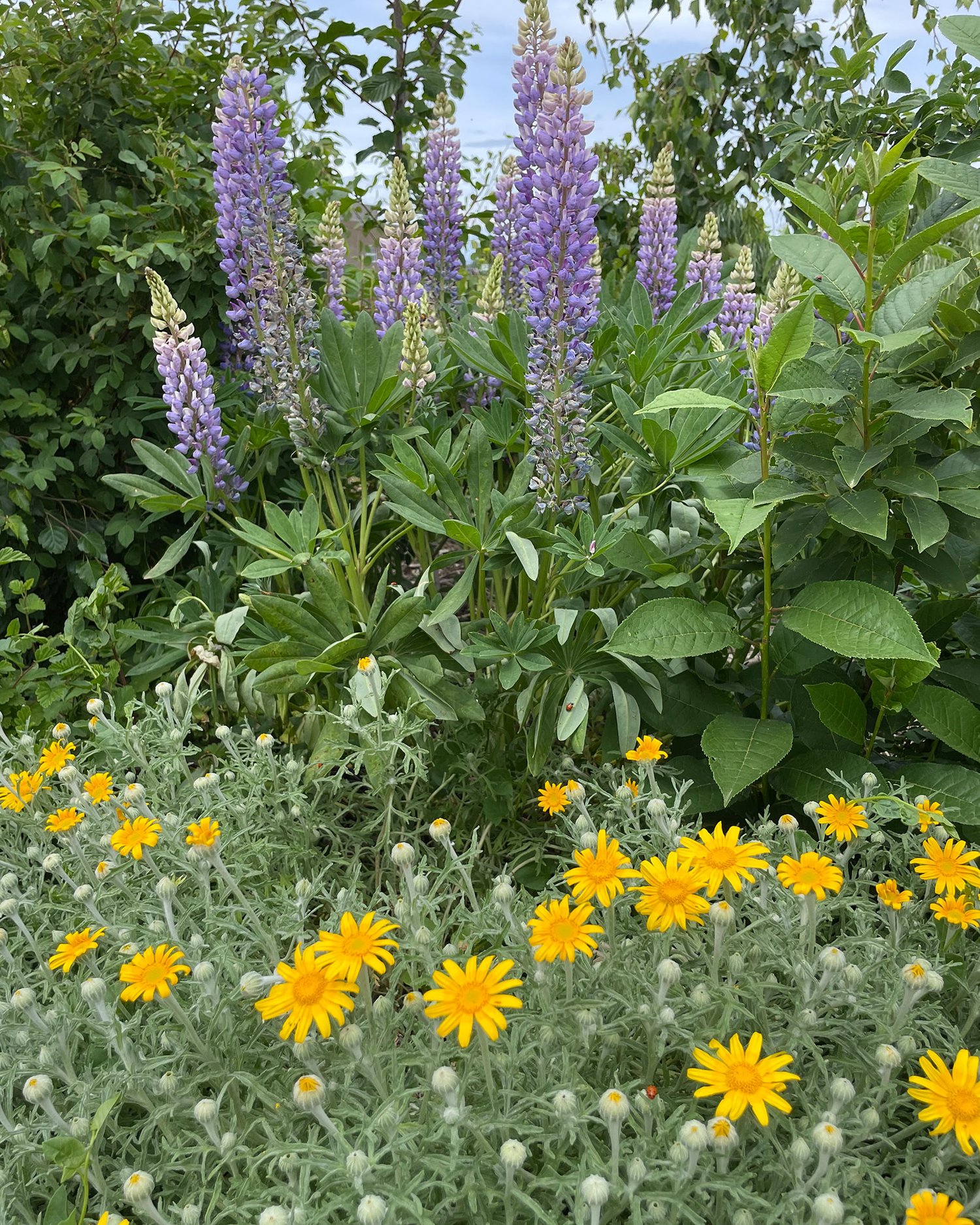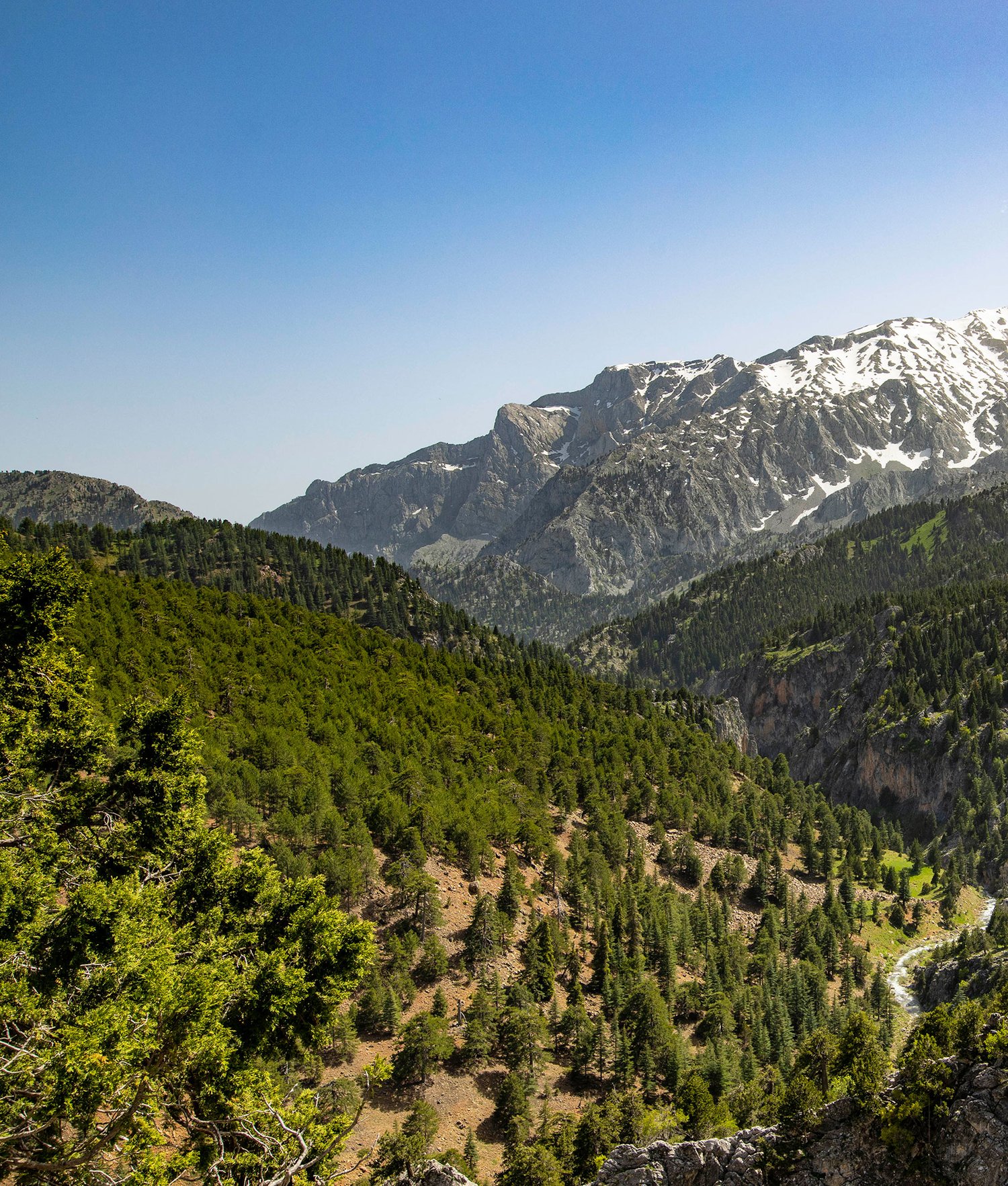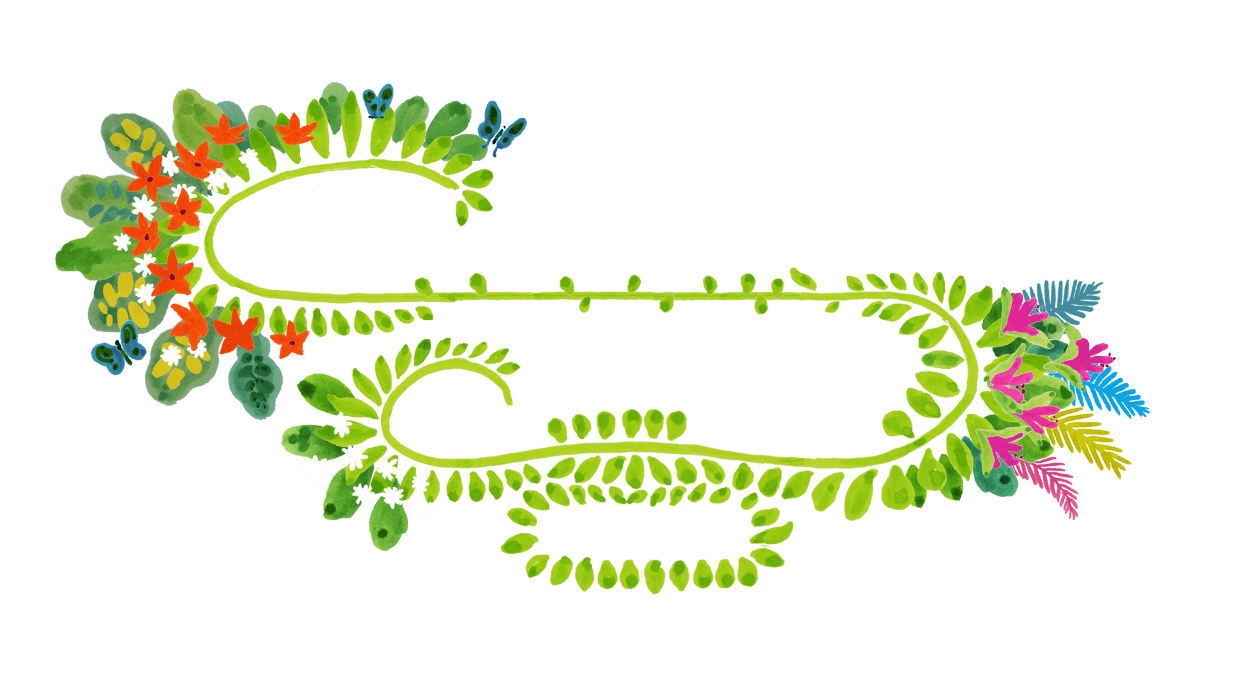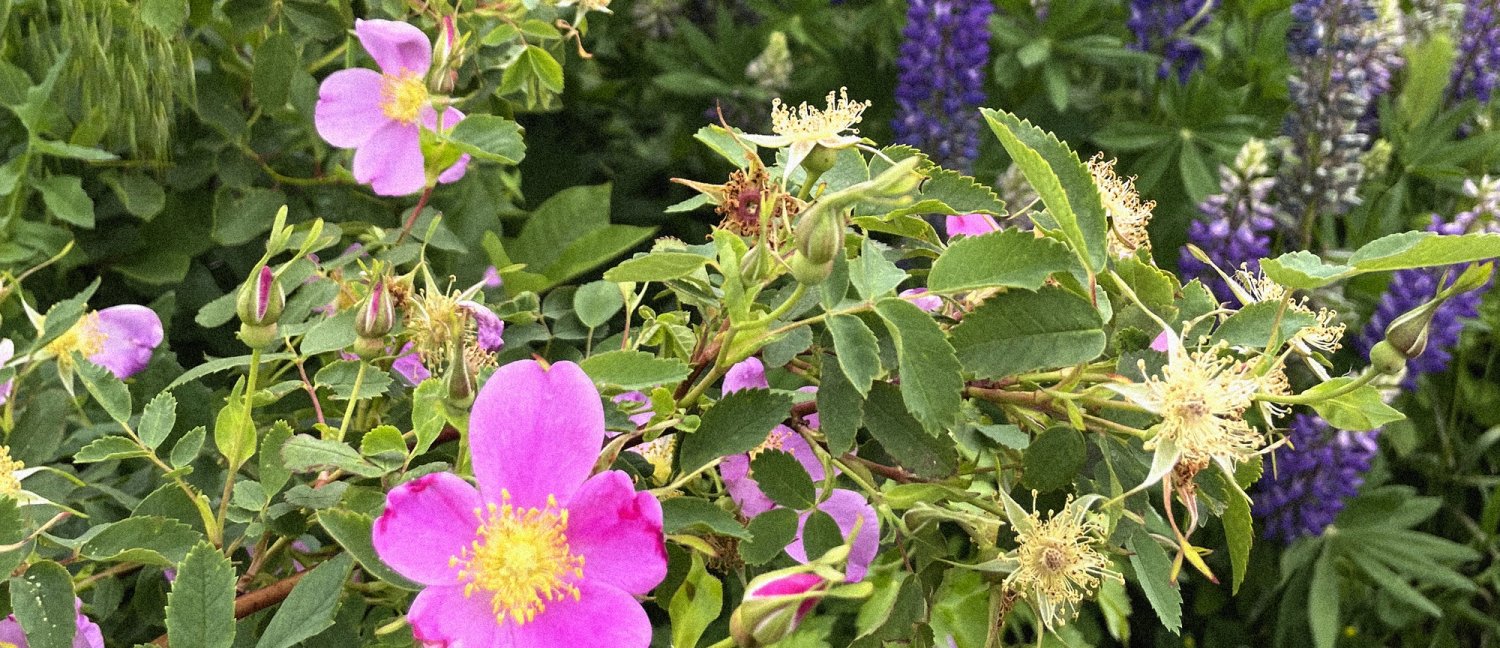
Field Notes
What makes Miyawaki Forests unique?
The Miyawaki method mimics the way a forest would recolonise itself if humans stepped away. Only native species that would occur naturally in that area without humans, given the specific climate condition, are planted.
Indigenous plant species have spent thousands of years adapting to their local environment to create a supporting ecosystem, so planting them doesn’t just reinstate this biodiversity – it builds a site that’s more responsive to climate change.
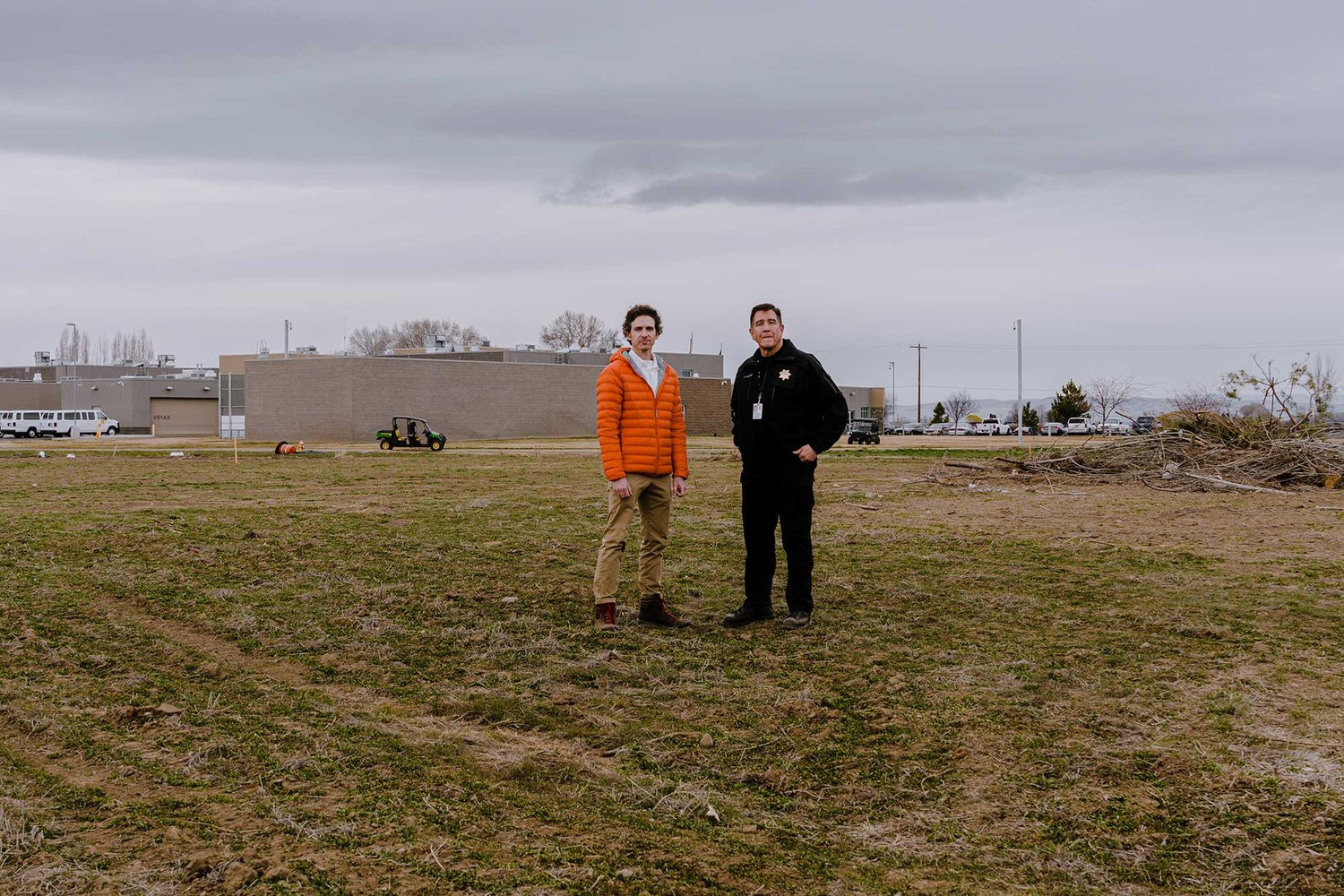
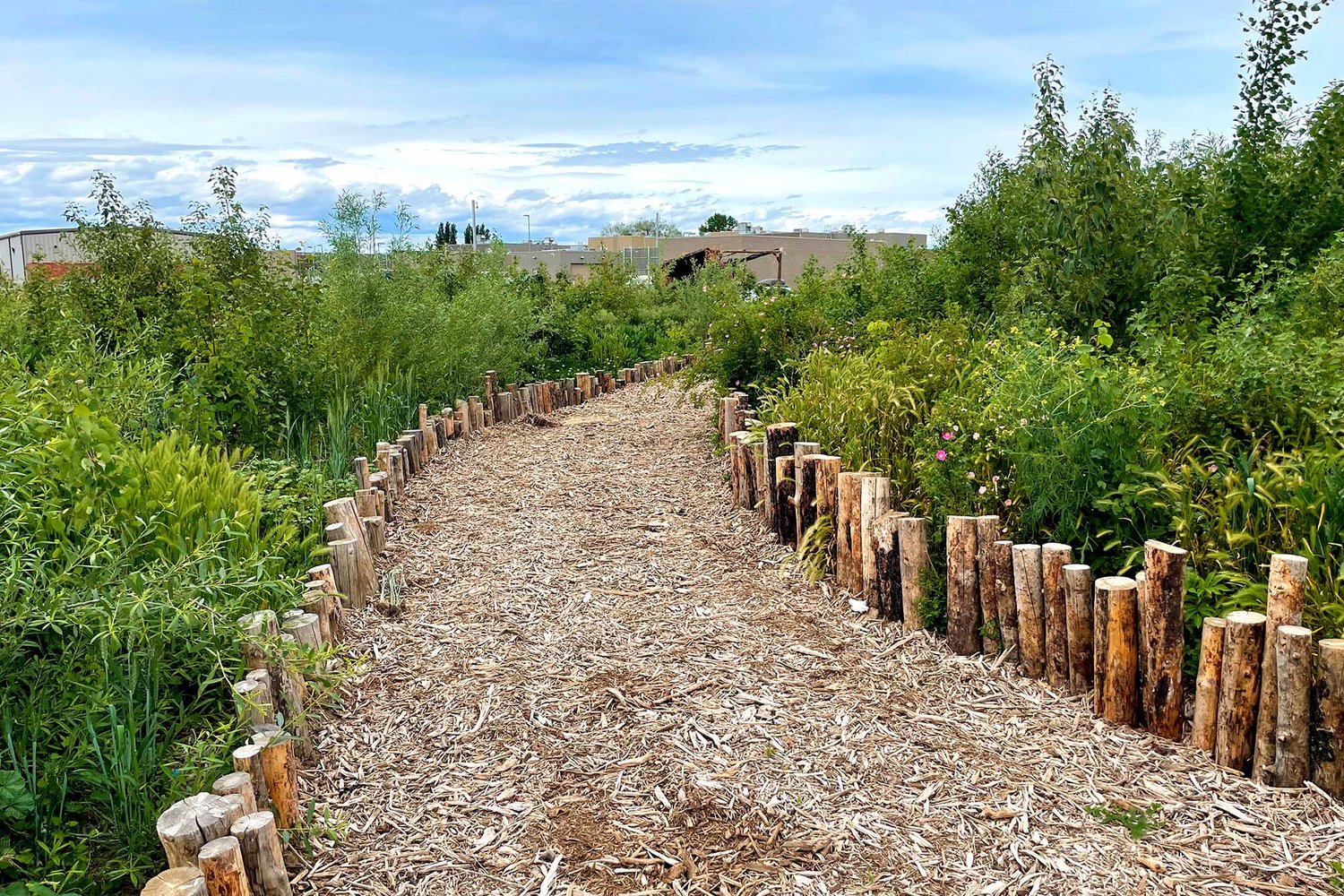
The Miyawaki method isn’t just unique because it restores native habitats using native trees; the afforestation principles are based on an understanding of how these species would interact in a natural forest. You plant a diverse mixture of trees close together to maximise density and create balance.
Nature doesn’t thrive in grids of 1.5m; seeds drop from trees randomly to stimulate growth, or fallen trees open up clearings to the sun. As the closely planted saplings have to compete for light, which only shines on them from above, they shoot upwards very fast instead of sideways.
Sometimes less is more, but in this instance, planting a huge variety of native trees close together means an increase in biodiversity.
The denseness of growth provides a greater amount of forage for pollinators and refuge for birds. More canopy cover shades out weeds and creates a cool home for insects, plus the increased leaf litter builds fertility and life in the soil. Also, if you have a variety of tree species, you have others to step in if one succumbs to disease.
